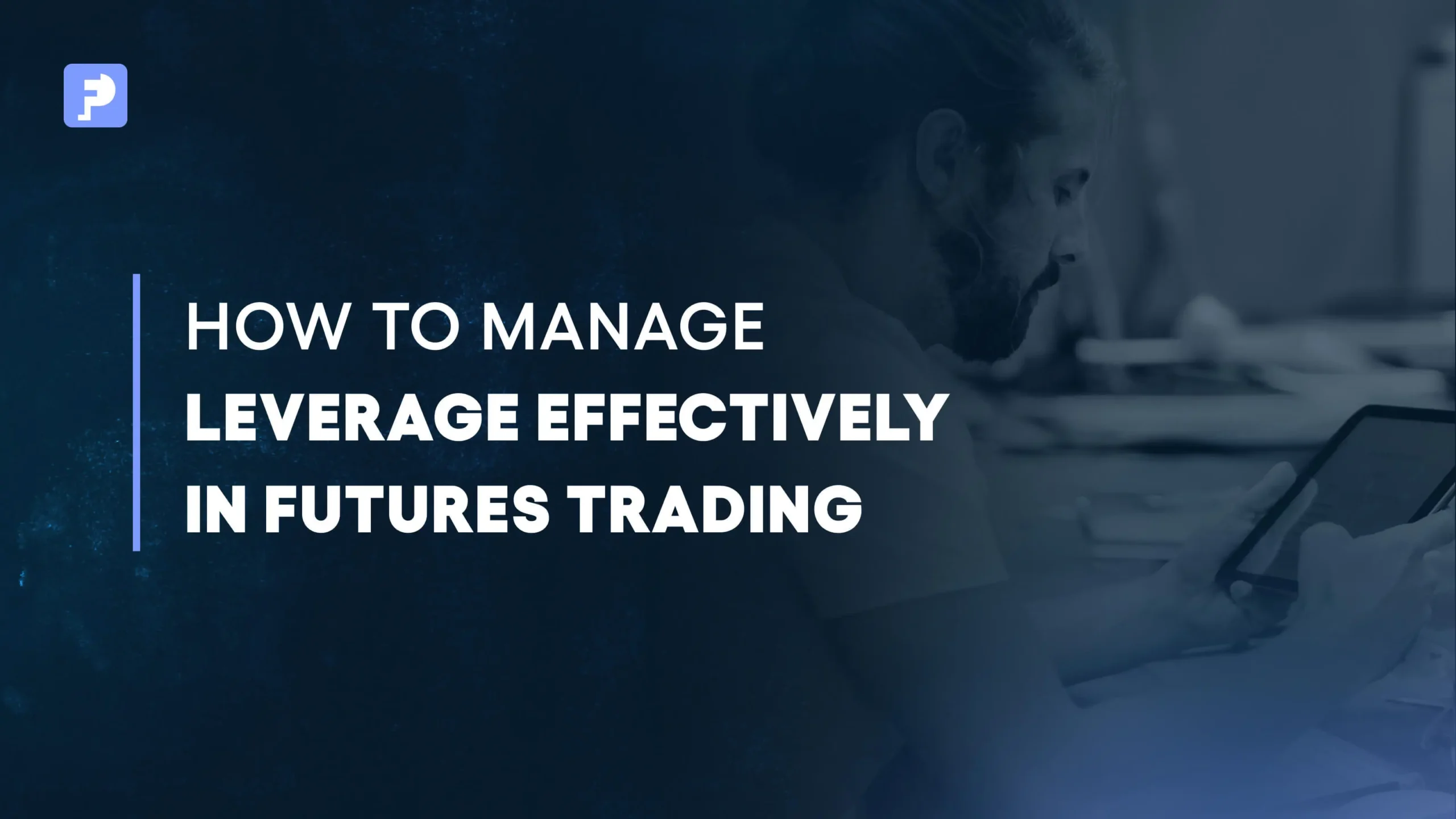
Portfolio Diversification: The Ultimate Risk Management Technique
Effective portfolio diversification in futures trading is crucial for managing risk and achieving consistent profitability, especially for traders at proprietary trading firms who must demonstrate controlled performance to secure and maintain funded accounts.
By spreading exposure across uncorrelated futures contracts—such as equity index futures, interest rate futures, commodities, and currencies—traders can reduce portfolio volatility and drawdowns while still capitalizing on market opportunities.
This article explains the principles of diversification in the context of futures, outlines concrete strategies for implementation, and offers practical tips drawn from academic research and market best practices to help serious futures prop firm traders pass evaluation phases and claim payouts.
Understanding Diversification in Futures Trading
Diversification is the practice of allocating capital across different instruments to smooth returns and limit downside risk. In futures trading, this means holding contracts on assets whose prices do not move in lockstep—such as combining equity index futures (e.g., E-mini S&P 500), interest rate futures (e.g., 10-year Treasury futures), commodity futures (e.g., crude oil, gold), and currency futures (e.g., Euro FX).
Academic research shows that managed futures strategies—portfolios of long and short positions across diverse asset classes—have historically delivered returns uncorrelated with equities and bonds, reducing overall portfolio volatility. For example, BlackRock’s iShares Managed Futures Active ETF uses hedge-fund-style trend-following across commodities, currencies, stocks, and bonds to offer diversification benefits, a model now accessible to individual traders.
Commodity futures often move independently of indices, providing a natural hedge during equity downturns. Gold and silver futures tend to appreciate when equities fall, while energy futures may respond differently to economic data, making them valuable components of a diversified futures portfolio.
Benefits of Diversification for Futures Prop Traders
1. Mitigated Drawdowns and Smoother Equity Curves
By blending uncorrelated futures contracts, traders can reduce the impact of any single losing position on their overall account balance. In prop firm evaluations—where traders must adhere to strict maximum drawdown rules—diversification helps ensure that no single market event wipes out a large portion of the funded account, thereby preserving eligibility for payout.
2. Consistent Performance Metrics
Prop firms like FunderPro Futures measure traders on consistent profitability and risk management over evaluation periods. Diversified strategies tend to produce steadier equity curves, making it easier to meet these consistency requirements. For instance, when stock index futures underperform, commodity or currency futures may offset losses, keeping the net P&L within acceptable weekly and monthly drawdown limits.
3. Capture Multiple Market Trends
Diversification enables traders to participate in different market regimes—such as trend-following in commodities during inflationary cycles and mean-reversion in interest rate futures during monetary policy shifts. This flexibility is crucial for prop traders who must demonstrate adaptability across varying conditions to retain their funded status.
4. Improved Risk-Adjusted Returns
Managed futures indices have shown attractive Sharpe ratios compared to traditional asset classes, illustrating the enhanced risk-adjusted returns achievable through diversification. Prop traders can use similar multi-asset strategies to maximize profits per unit of risk, satisfying both firm requirements and personal performance goals.
Implementing Diversification Strategies
A. Asset Class Selection
A robust futures portfolio typically includes:
- Equity Index Futures: E-mini S&P 500, Nasdaq-100 futures
- Interest Rate Futures: 10-year US Treasury, Eurodollar futures
- Commodity Futures: Crude oil, gold, agricultural (corn, soybeans)
- Currency Futures: EUR FX, Yen, Pound
Each category responds differently to economic drivers—equity futures to corporate earnings, interest rates to central bank policy, commodities to supply-demand fundamentals, and currencies to macroeconomic differentials.
Discover all the assets available to you in FunderPro Futures on the How It Works page.
B. Correlation Analysis
Use historical price data to calculate pairwise correlations between chosen futures contracts. Aim for correlations below 0.3 to ensure meaningful diversification. For example, gold futures often have a negative correlation with stock index futures, making them a preferred hedge during equity sell-offs.
C. Position Sizing & Risk Allocation
Allocate risk capital using volatility-based sizing, such as Equal Risk Contribution (ERC) or Risk Parity, which balances each instrument’s volatility contribution to the portfolio. A practical rule is to risk a fixed percentage of total equity (e.g., 1%) on each diversified position, adjusting contract counts based on 20-day realized volatility.
Practical Tips for Passing Prop Firm Evaluations
- Demonstrate Consistency: A diversified approach yields steadier daily P&L, helping you meet the “no big loss” rule common in evaluations.
- Adhere to Drawdown Limits: By spreading risk across assets, you’re less likely to breach maximum Drawdown or Daily Loss thresholds set by prop firms.
- Document Your Strategy: Maintain a trading journal detailing your diversification rationale, selection criteria, and rebalancing schedule—this can be required during the due diligence before payouts.
- Use Correlated Hedging: When holding positions in correlated futures, layer in offsetting trades (e.g., long gold vs. short S&P 500) to demonstrate risk awareness and reduce margin usage.
Read our detailed guide on how to pass a futures prop firm challenge in our dedicated article.
Conclusion
Portfolio diversification stands out as the ultimate risk management technique for futures prop traders aiming to pass evaluations and secure payouts. By constructing a multi-asset futures portfolio, conducting rigorous correlation analysis, sizing positions by volatility, and rebalance consistently, traders can achieve smoother equity growth, adhere to strict risk limits, and demonstrate the professional discipline prop firms demand. Embracing diversification not only safeguards capital but also unlocks the potential for steady, risk-adjusted returns in the dynamic futures markets.



